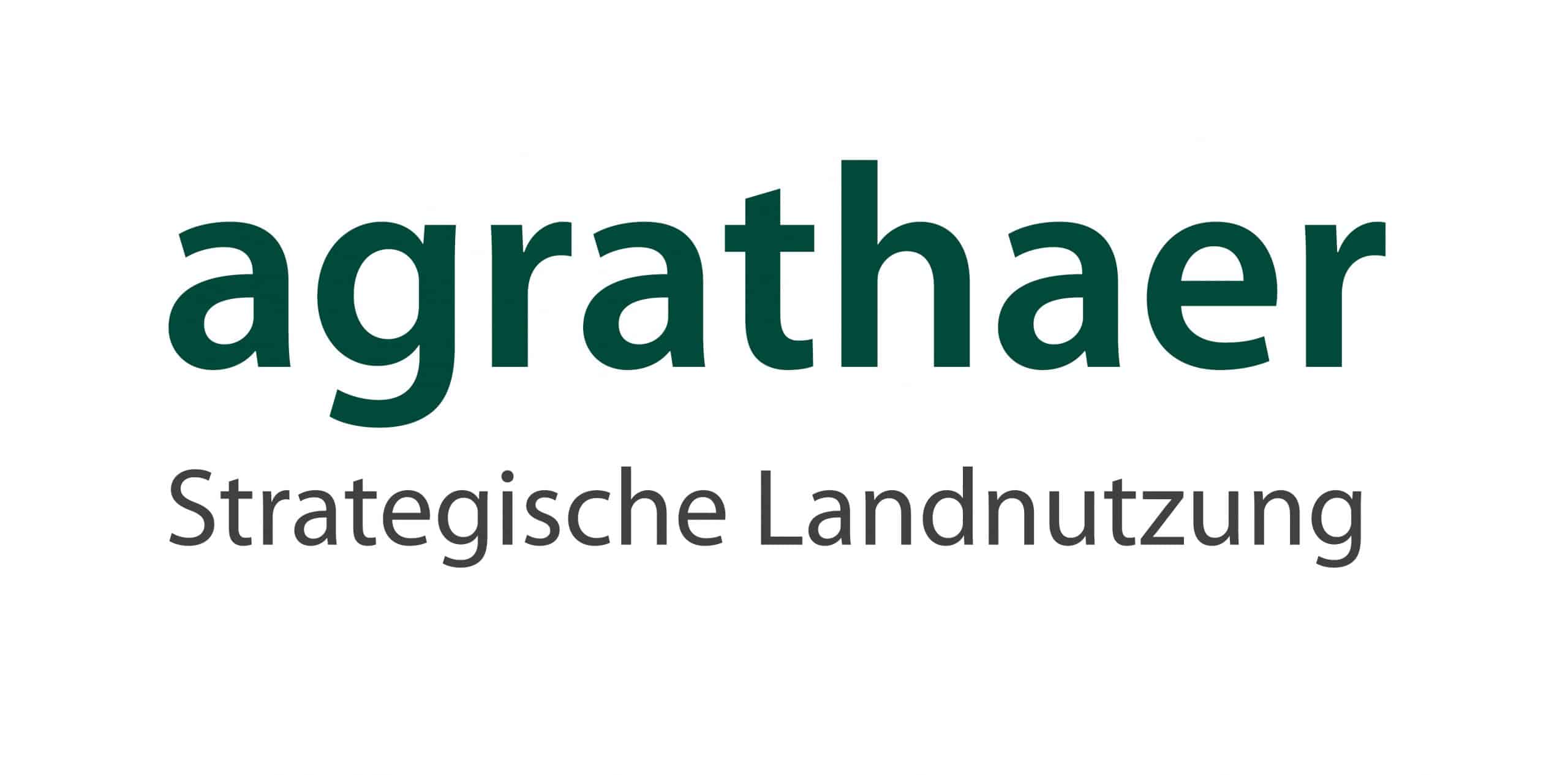Near-natural grazing areas in the Freisinger Moos
Landscape managers - a devourer's delight
In implementation
We want to implement near-natural grazing with Murnau-Werdenfels cattle in order to develop the project area in a structurally rich way, in particular to create areas with backwater and to stop the spread of neophytes and reeds.
Über das Projekt
Initial situation
The project area is part of the FFH habitat "Moor Rests in the Freisinger Moos". At the moment it is partially mown. However, willow bushes, reeds and goldenrod are spreading. The banks have been completely overgrown by reeds in recent years.
Why here?
The area is part of the FFH area "Mooreste im Freisinger Moos". It is also part of the Freisinger Moos. A return to more moisture means securing factors in such a way that the initial condition of the mire can be restored.
What would happen without the project?
Without the project, the area would continue to be mown only partially and sporadically. The mulch would remain on the area, which would affect the nutrient balance in the long term.
Without near-natural grazing, the project area would become increasingly colonised by willow scrub, reeds and goldenrod. In the long term, a habitat with few microhabitats and a lack of structure would develop. Finally, the typical character of a wet grassland with backwater areas would disappear.
Concrete measures
- Start of grazing in spring 2020 with Murnau-Werdenfels cattle
- Fencing of the area in spring + shelter + subsequent close grazing management
- No mineral nitrogen fertilisation, no use of plant protection products and no supplementary feeding from March to December
- Slot seeding of site-adapted seed mixture and individual seeding of moisture-loving wild plant species on raw soil sites + annual mown material transfer of species-rich extenis grassland → marsh gladiolus, meadow primrose,...
- If required, growth regulation (pasture maintenance) and goldenrod control
Protected biotope type + habitat type
Protected species
Among other things, meadow breeding protection through structural enrichment of directly adjacent breeding habitats.
You invest in the following ecosystem services:
- Marsh gladiolus
- Flour Primrose
- Diverse species of wet grassland
Old cattle breeds
Important names- Murnau-Werdenfels cattle
Extinct breed of cattle
Other: Mown crop transfer
Area
- Microhabitats due to backwater in swales
So everyone can experience the ecosystem service
- The area is accessible via a public street or path.
- Pictures of the project are published annually on the online marketplace AgoraNatura.
- The area can be visited after arranging with the land user.
The area is located in the FFH area "Moorrest im Freisinger Moos".
These are indirectly supported
Animal population max. 1.4 GM
No fertilisation
Documentation in the implementation phase
The project starts on 01.05.2020 and exactly goes 5years , provided all certificates have been sold.
You will be regularly informed about the progress of the project. For this purpose, the providers can provide short news, picture or audio material. The providers are obliged to report at least once a year whether everything went well with the implementation. If there are difficulties from your point of view, please contact us, the provider itself or the certification body.
Neuigkeiten
Grazing land (05/21)
Last week in May was the start of grazing in 2021. At a press meeting with representatives of the Munich Water Management Office (owner of the area), representatives of the Lower Nature Conservation Authority and the board of the Freising Landscape Conservation Association, farmer Martin Bartl explained the planned grazing operation and further measures on the area in the Freisinger Moos.
For example, the wet seigens will be fenced out for the time being to spare amphibians in and around the reed area that was cleared by grazing animals last year.
The removal of some willow bushes in the pasture is already showing a first clear success. A helmet orchid (Orchis militaris) is flowering in the now sunny south side of the parcel.
In addition, goldenrod, the dominant neophyte on the site, was apparently already significantly weakened by the first grazing pass in summer 2020.
During the survey, the cuckoo and a great curlew were observed on the site.
The stocking of the pasture, currently with one Fleckvieh and two young Murnau-Werdenfelser cattle, will be closely managed and adjusted if necessary in the coming weeks/months.








